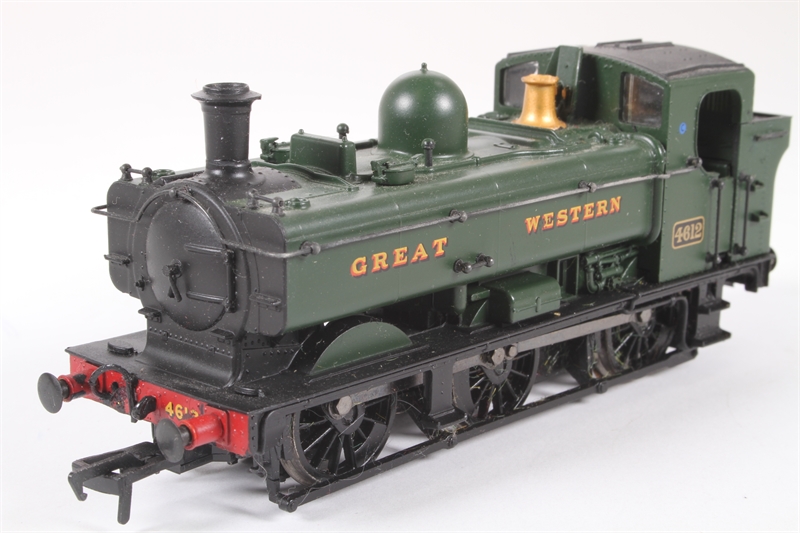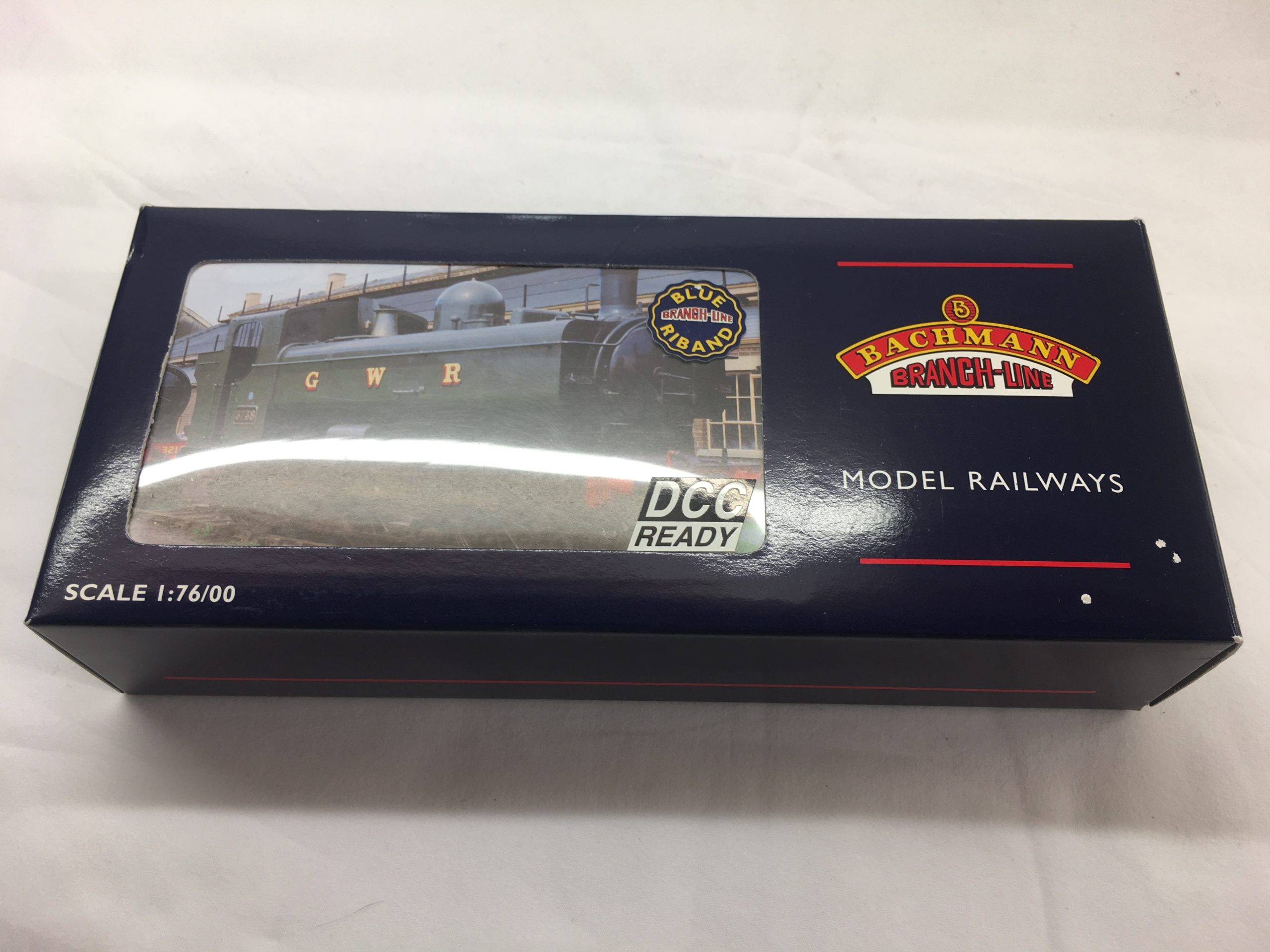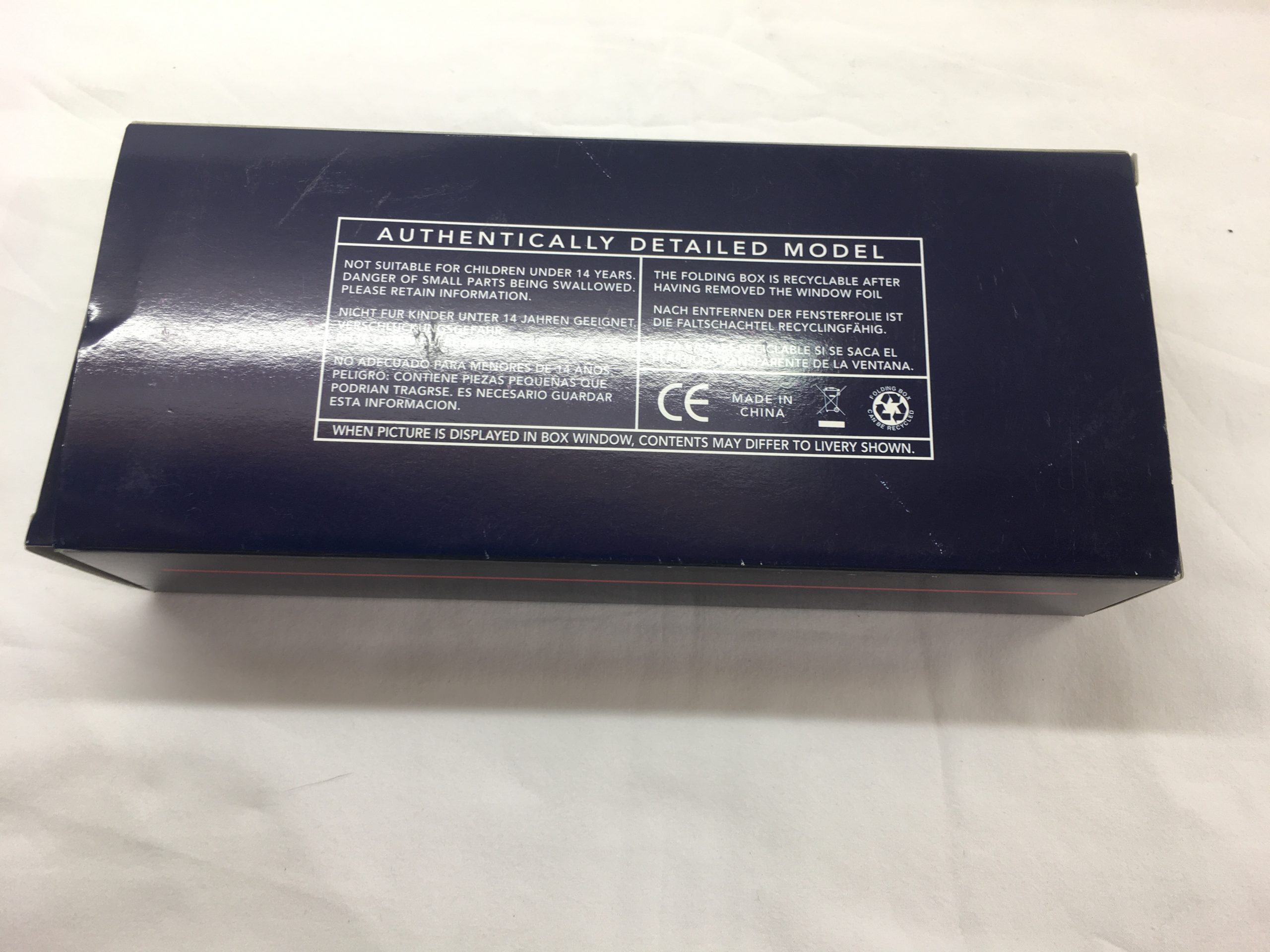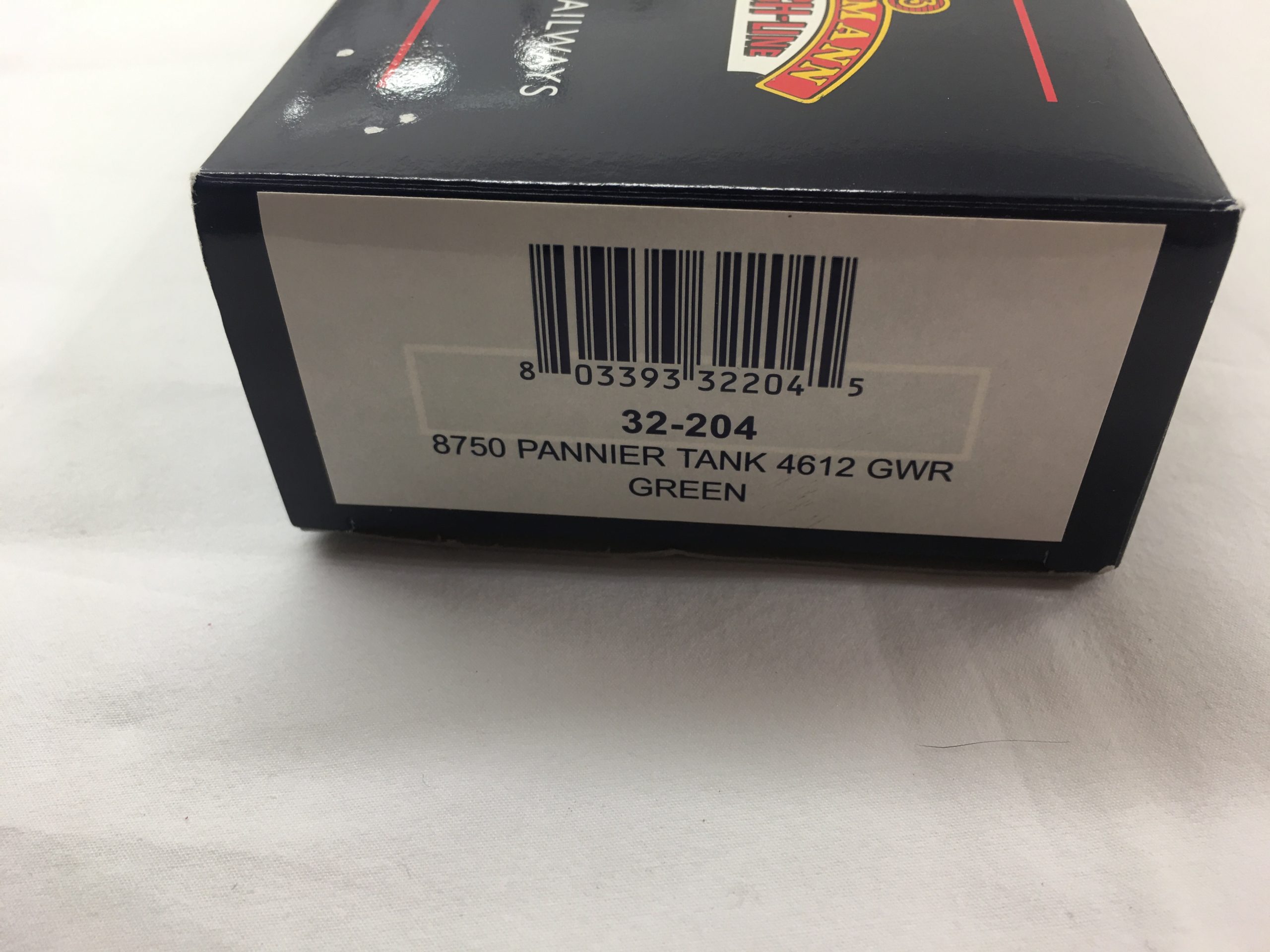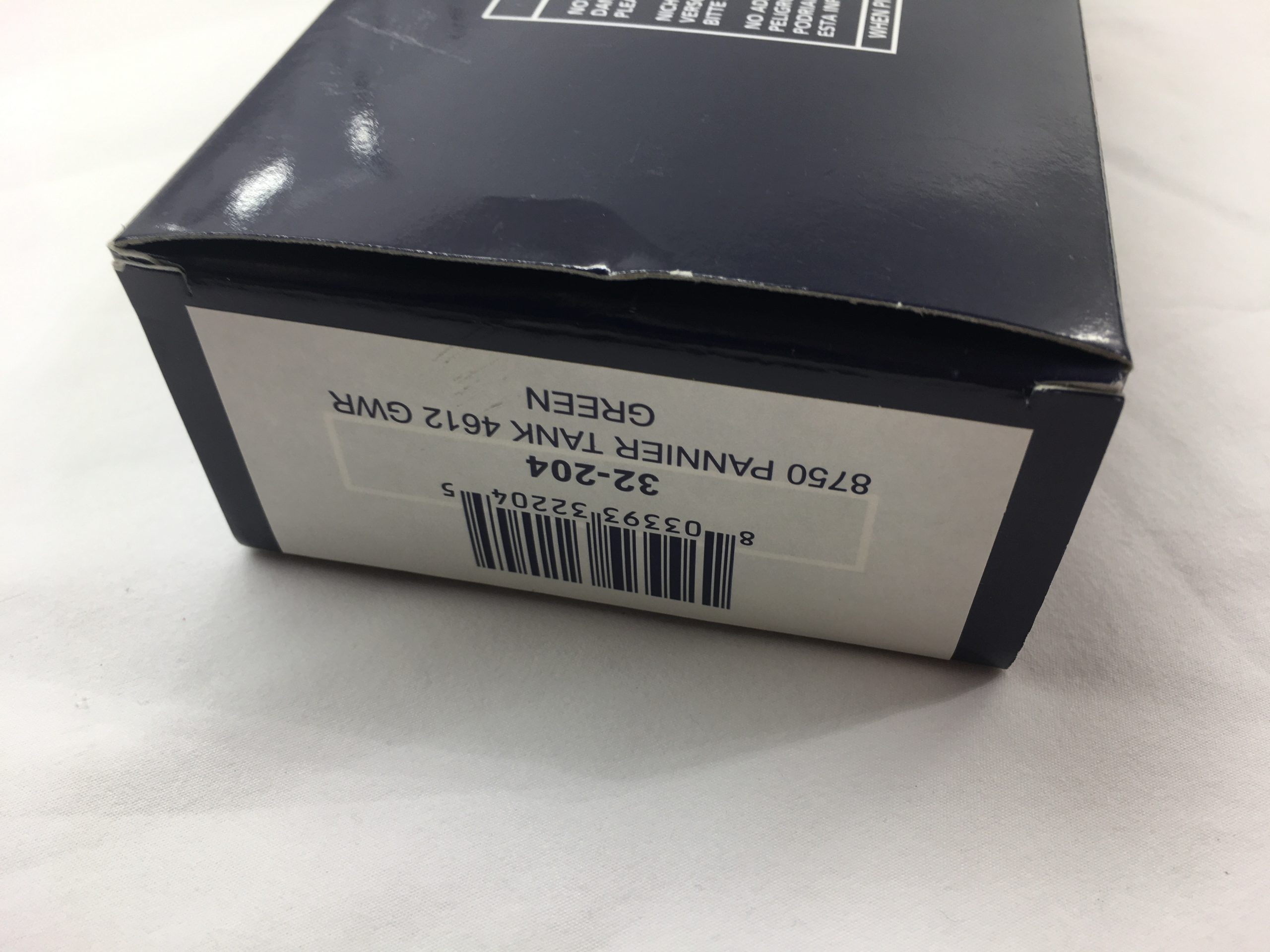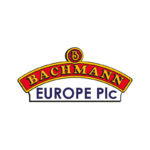You are here:
Bachmann 32-204 8750 Pannier Tank 4612 GWR Green DCC Ready
Bachmann 32-204 8750 Pannier Tank 4612 GWR Green DCC Ready. Small Dint / Marks on the box but Locomotive Tank is new
Out of stock
Description
Bachmann 32-204 8750 Pannier Tank 4612 GWR Green DCC Ready. Small Dint / Marks on the box but Locomotive Tank is New
GWR 5700 Class
The GWR 5700 Class, or 57xx class, was a class of 0-6-0 pannier tank steam locomotive, built by the Great Western Railway (GWR) and British Railways (BR) between 1929 and 1950. With 863 built, they were the most prolific class of the GWR, and one of the most numerous classes of British steam locomotive.
Although officially designated by GWR as “light goods and shunting engines”, they were also used for passenger working on branch, suburban, and shorter mainline journeys.
They were distributed across most of the GWR network and, after nationalisation of the railways in 1948, across the British Railways Western Region, and also other regions.
The 5700s were not as glamorous as the GWR Castles and Kings but became just as much of an icon of the GWR.
As a result of the 1955 Modernisation Plan, the 5700 Class was withdrawn from BR service between 1956 and 1966. Nineteen withdrawn locomotives were sold to London Transport and industry, of which ten were later preserved, along with six that were retrieved from scrapyards.
The GWR Class 57xx had a number of sub-classes one of which was the 8750 Class.
The 8750 Class, or 87xx class, were first built in 1933, using an updated design which included an improved cab with a higher roof, rectangular windows, and grills (as opposed to the round windows, or “spectacles”, of the initial design), and sliding shutters and hinged doors for more protection from the elements. The new style cab was derived from the sister 5400 class, the first of which were built in 1931. Vacuum brakes, steam heating, and ATC were fitted as standard (except for Nos. 6750-79, built between 1946 and 1950, which were fitted with steam brakes and three-link couplings only). The locomotive weight increased to 49 long tons 0 cwt (109,800 lb or 49.8 t), and the axle load increased to 17 long tons 0 cwt (38,100 lb or 17.3 t).
The 8750 or 5700 sub Class is immediately recognisable by its water tanks, which gave rise to the generic description of the Pannier tank, engines commencing with 8750 were all built with improved cabs for crew visibility and weather protection. Other detail differences were included, such as the prominent shield behind the whistles, to deflect steam, and quick release oval tank fillers. For purposes of identification, the pannier tanks were subdivided into three groups numbered 5700, 8750, and 9700, the latter having condensing equipment – the numbering sequence became considerably more complex than this.
The class was designated the Power Classification of 4F in BR days and was originally selected as the standard GWR shunting and general-purpose tank engine from 1929 onwards, at first carrying a blue R.A. spot until 1950, when it changed to yellow. The standard BR livery of unlined black was applied, but one or two engines carried full mixed traffic lined livery for Paddington station pilot duties.
Locomotive number 3738, is preserved at Didcot Railway Centre. It was the first of the type to be rescued from Barry scrapyard and restored to working order.
Additional information
| Weight | 1000 g |
|---|---|
| Brand | Bachmann |
| Condition | Pre-Owned |
| Scale | OO/HO Gauge |
Related Products
Related products
-
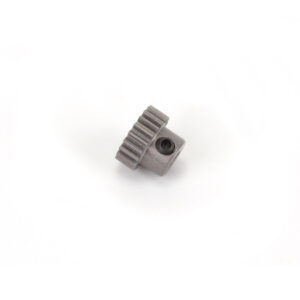
Schumacher U3425 PINION HARD ALLOY 48DP – 25T
£3.99Out of stock

